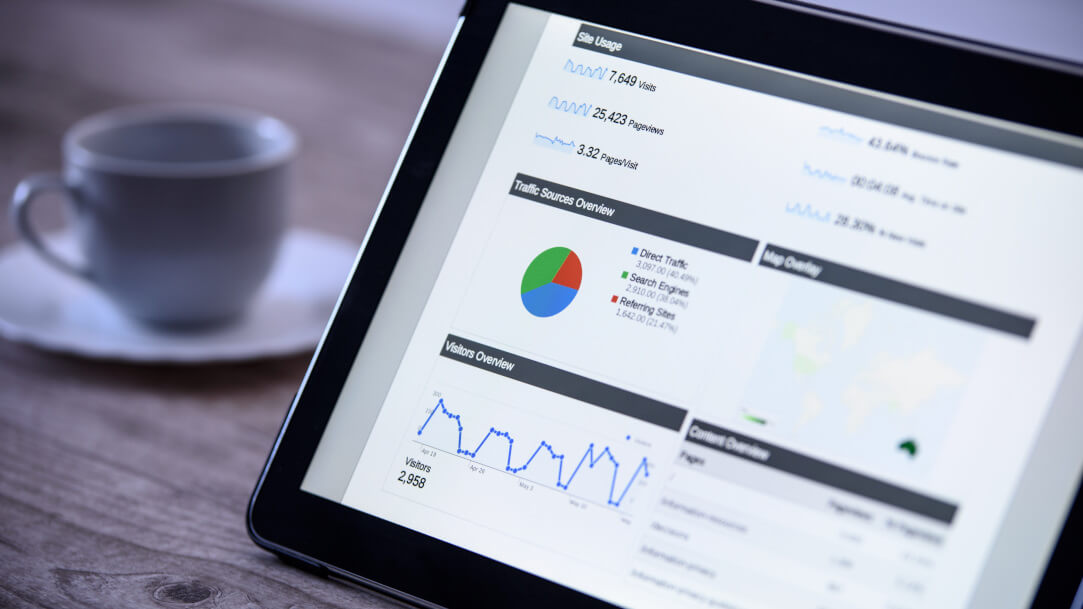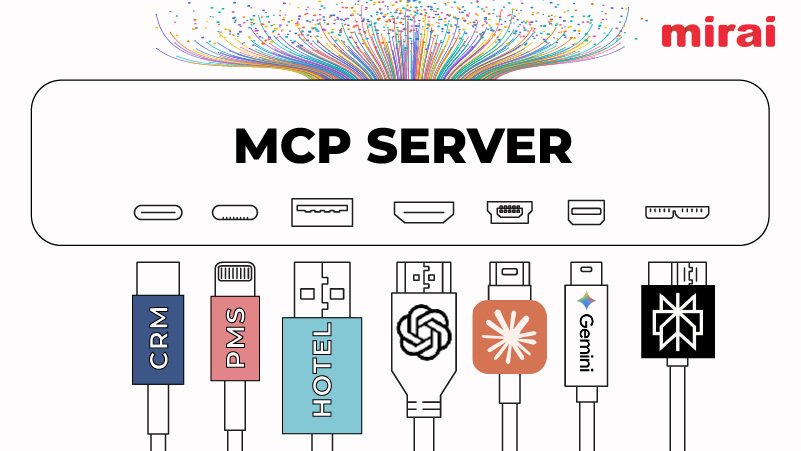
Competing on price alone is not a coincidence; it’s a symptom of a broader trend in the hospitality industry.
NB: This is an article from Demand Calendar
Subscribe to our weekly newsletter and stay up to date
Many hoteliers default to price competition primarily because their offerings across the other crucial elements of their business, their Product, Place, and Promotion, are largely undifferentiated from those of their competitors. When everything else looks the same, what else is there to compete on other than the number on the price tag?
But here’s the good news: there’s a much more sustainable path forward. The “price trap” isn’t inevitable. By thoughtfully and creatively leveraging all four elements of the classic marketing mix – often referred to as the 4Ps – hoteliers can carve out a unique identity, create distinct value for their guests, and ultimately break free from the relentless pressure of purely price-based competition.
In this post, we’ll look into how the 4Ps framework (Product, Price, Place, and Promotion), especially when viewed through a modern lens, can be a powerful toolkit for innovation and differentiation in the hotel industry. It’s time to move beyond the sea of sameness and explore how to build a hotel brand that truly stands out.
The Price-Only Pitfall: Why It Happens and Why It’s a Problem
So, why do so many hotels find themselves locked in this cycle of competing primarily on price? The logic, from a particular perspective, is deceptively simple. When offerings appear identical in the consumer’s eyes, price naturally becomes the easiest – and often the only – tangible factor for comparison. Suppose Hotel A and Hotel B offer a clean room, a comfortable bed, Wi-Fi, and a decent location, and neither has a particularly compelling unique selling proposition. What else is there for the guest to base their decision on besides which one is a few euros, dollars, or pounds cheaper? This perceived interchangeability makes it incredibly difficult to justify a higher rate.
This intense focus on price is further amplified by the sophisticated, automated revenue management systems now prevalent in the industry. These systems are designed to react instantaneously to competitor pricing, demand fluctuations, and booking pace, sometimes adjusting rates multiple times within an hour. While intended to optimize occupancy and revenue, the practical effect can be a relentless, algorithm-driven price war. It’s as if these systems are in a constant, high-speed negotiation with each other, often making micro-adjustments that keep the spotlight firmly fixed on the room rate, further conditioning hoteliers and consumers to prioritize price above all else.




